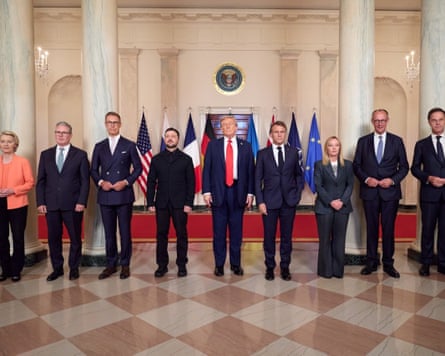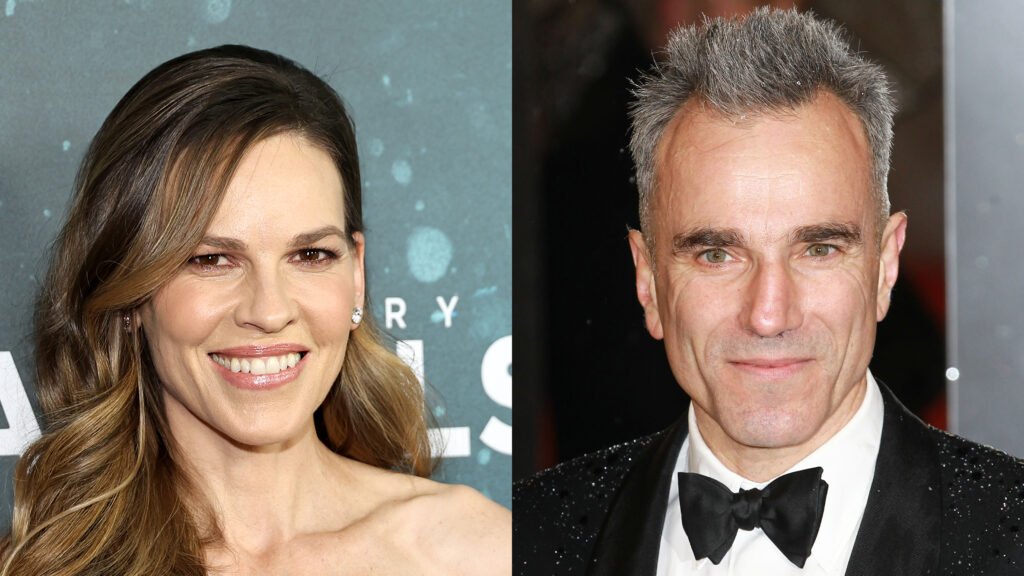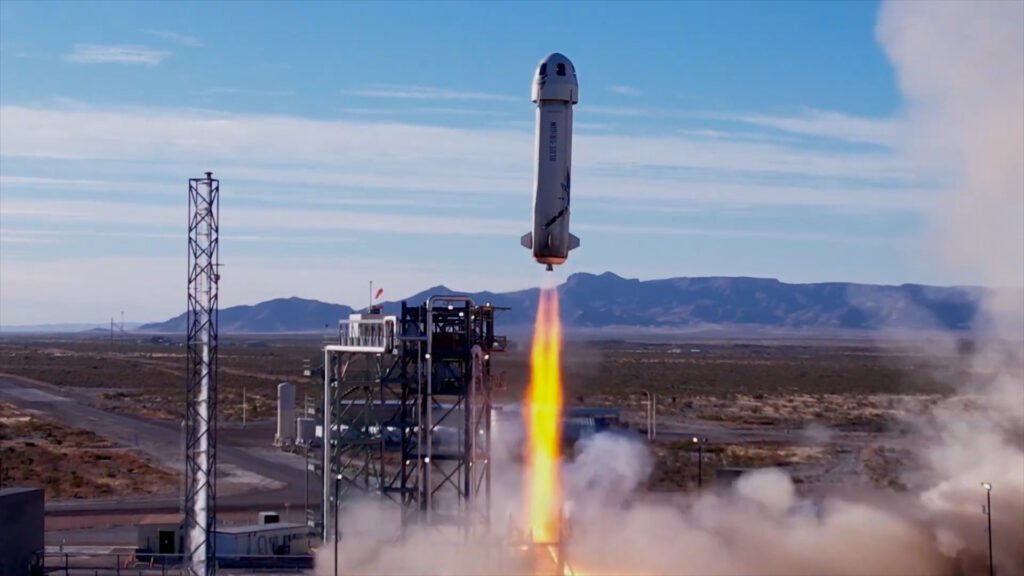Anton Levsiushkin grew up in Mariupol, eastern Ukraine. It is a seaside city. “Swimming, windsurfing, kitsesurfing”, he tells Helen Pidd, “anything a human being can do in water, we did it”.
Sofiia Rozhdestvina is from a little further north, in Donetsk. It’s a place, she explains, famed for its roses and its football club, Shakhtar Donetsk. Her family had their surname inscribed on a few of the stadium seats.
Neither Anton nor Sofiia have been able to live in their homes – and the wider Donbas region – since Russia began to occupy parts of Ukraine in 2014. But both had long hoped some day to return, even once Russia launched its full-scale invasion in February 2022.
This week, however, the prospect looks further away than ever. As diplomatic editor Patrick Wintour explains, a pair of historic summits organised by US President Donald Trump – first with the Russian president, Vladimir Putin, and then with Ukraine’s leader, Volodymyr Zelenskyy, flanked by his European allies – has brought the possibility of an end to the fighting in Ukraine closer.
But there is a heavy price for Ukraine to pay for peace. Putin wants the whole of the Donbas region under his control – including the millions of people who live there – and Trump might be willing to support him.
So is the three-year war in Ukraine close to an end? And what will it mean to Ukrainians like Anton and Sofiia if it is?







